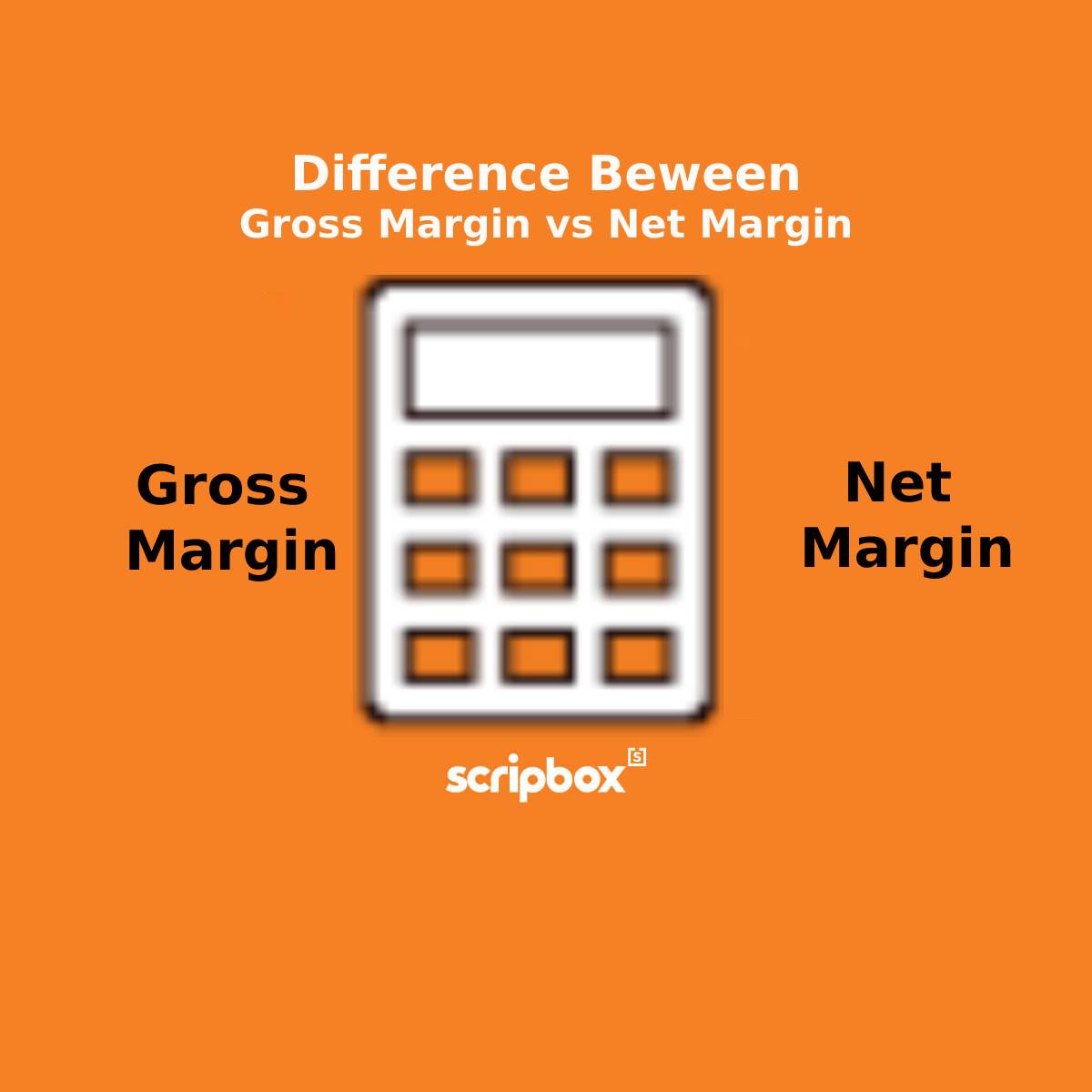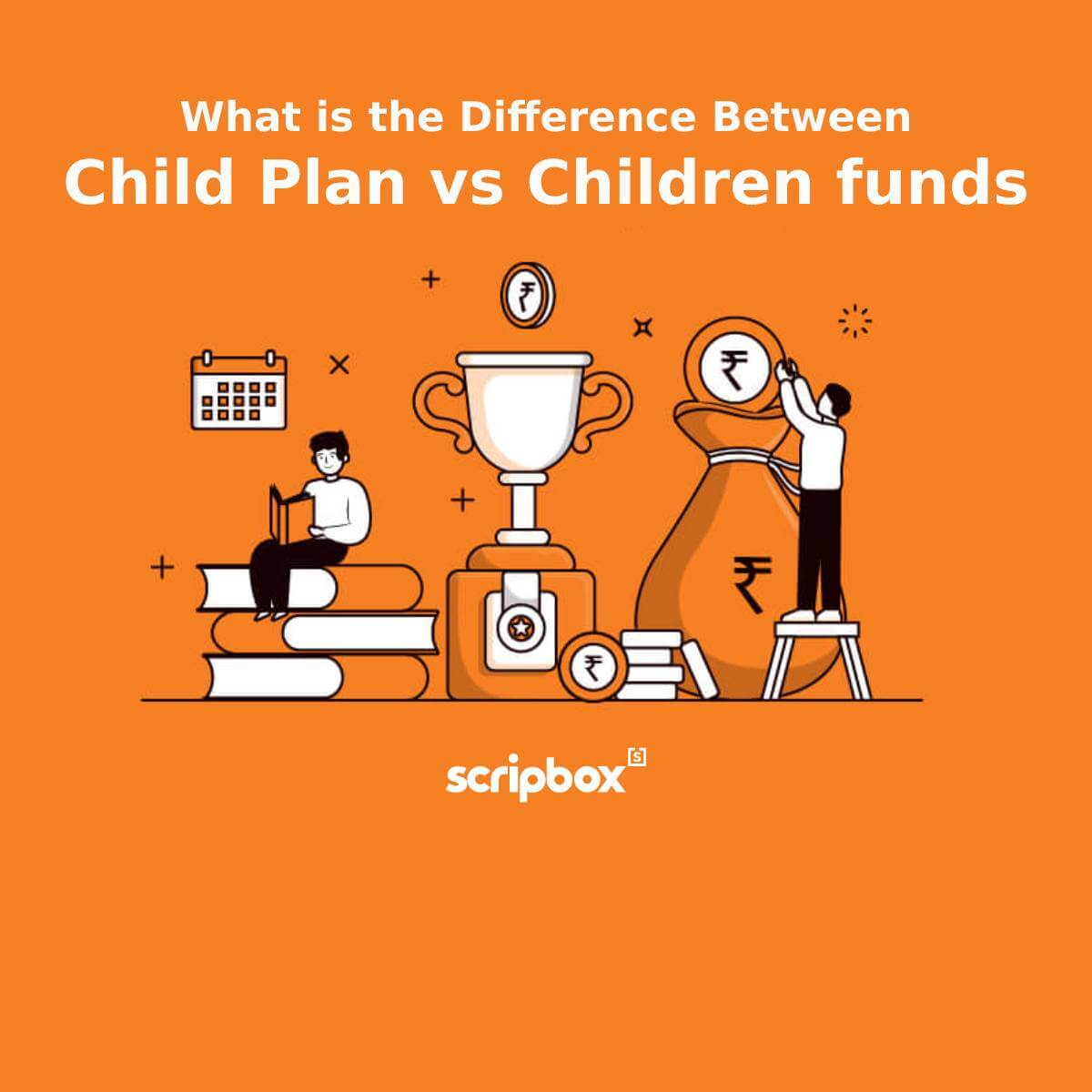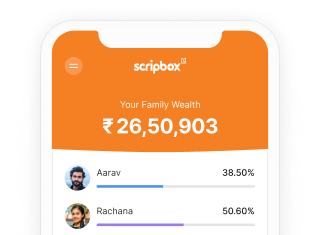Mutual funds have diverse options to choose from. There are funds for every need and each time period. There are funds for the long term and short term. For tax purposes, short term and long term are defined.
In mutual funds, investing for the short term is synonymous with debt funds, and the long term implies equities. Investment advisors suggest investing for the long term funds. But how long is long term in mutual funds?
Is there a set defined period that defines the long term? Read on to find out more about the long term and how it is different from the short term.
Long Term Investment in Mutual Fund
Long term investments are usually for a period of more than three years. The top choices for long term investments are equity mutual funds and hybrid funds. These long term funds offer higher growth when compared to debt mutual funds and traditional investments. Long term mutual funds too like other mutual funds are subject to market risks. Hence they do not guarantee returns. Long term mutual funds are highly volatile.
How Long to Invest in Mutual Funds?
The long term refers to a period an investment is held if it exceeds one year. For tax purposes, this definition holds good. But from a mutual fund investment point of view, it doesn’t. Investing for more than a year is long term, but is it long enough to earn good returns?
In a bull phase, this certainly holds true. For example, in 2014 and 2017, all the categories of mutual funds gave double-digit returns. However, not all years give returns like these. In 2018, the returns from mutual funds weren’t that promising. And the gains from 2017 are almost being wiped off. Hence holding the investment for a year or two is not considered as long term.
So if the answer isn’t a year or two, then what is it? There are theories that the longer you hold a mutual fund investment, the higher will be the returns. There’s even a 15*15*15 rule, which says doing an INR 15,000 SIP monthly for 15 years will fetch 15% return (CAGR) at the end of 15 years.
These are theories and might work if one tries. But the market works differently. After a few years, the fund which one invests might not be ideal for the investor due to multiple reasons. For example, the fund’s strategy might change and might not meet the investor’s goals. Or, the fund might not even exist 15 years down the line. But this doesn’t mean investors shouldn’t invest for 15 years or more. With continuous monitoring of the portfolio, investors can mitigate this risk.
Learn: How to Invest in Mutual Funds
When to Invest and When to Exit?
Defining a certain period as long term is ambiguous. Mainly because all investors are different, and their goals can be different. In investing, two things hold at most importance. When to invest and when to exit.
The ‘when to invest’ problem is solved with SIP in the picture. Investing in mutual funds with SIP can help average the cost of investment and help in earning higher returns through compounding. When to exit an investment is the tricky part. Hence, investors are advised to invest based on their goals. Goal-based investing is a concept that has been gaining popularity for quite a few years. Investing with a specific goal in mind, setting the target amount, and the tenure for the goal can help solve the ‘long term’ problem. With a predetermined target date set for the goal, one need not worry about how long is long term.
But most certainly, not all investors invest based on goals. And most importantly, the market can undergo tremendous changes in this set period of the goal that can affect portfolio returns. Hence defining the long term is essential. Therefore we decided to find the answer.
In our usual way, we went about the task by analyzing data, and our conclusion is, hold your breath, 7 years!
Things to Keep in Mind for Long Term Investing
While it’s good to stay invested for the long term. It is essential to keep the following things in mind before investing for the long term in mutual funds:
Thorough Research
Research is the key to identifying the best suitable fund matching the investor’s financial goal. Thorough research about the fund as to its past performance, investment strategies, objectives, track record, etc. have to be considered before shortlisting. A comparative analysis will help in understanding the performance against its benchmark and category.
Diversify Investments
One of the best ways to balance risk is to diversify investments. Mutual Fund investments do it just right. Mutual Funds invest in a basket of securities. Selecting a fund that invests across different sectors can help in diversification. Therefore, helping in balancing risk.
Have a Strategy
Having a strategy for investment is as important as investing. For long term investments its important to plan and define a strategy. Sticking to it is necessary too. Its always advised having regular savings. For long term investments saving regularly will help in building a rich corpus. Frequently topping up the investments will help in accumulating more corpus faster.
Keep up with the market dynamics
Investing and forgetting is wrong. Always keep an eye on the market and its dynamics. This will help in keeping a tab on the performance of the funds. In the cases where the fund has not been performing consistently, one can easily make the shift to a better fund.
Be Patient
Panic selling will not help in achieving your financial goals. Patience is the key to earn higher returns over the long term. Therefore, stay put for longer durations and let the money do the hard work.
Learn Mutual Funds Risk
Short Term Investment in Mutual Fund
Short term investments are usually for a period ranging between a few days to three years. The top choices for short term investments are liquid funds and ultra short term debt funds. These short term funds offer higher returns when compared to traditional savings accounts. Short term mutual funds too like other mutual funds are subject to market risks. Hence they do not guarantee returns. Short term mutual funds are less volatile to interest rate cuts. Unlike traditional saving options like Fixed Deposits, short term funds are highly liquid.
Check Out Consolidated Mutual Fund Statement
Short Term vs Long Term in Mutual Funds
Long term and short term investments in mutual funds serve a completely different set of investors. Short term funds are suitable for low-risk investors who do not want exposure to equities. While long term funds are best suited for investors who are willing to take some risk and staying invested for longer durations.
| Particulars | Short Term Investments | Long Term Investments |
| Duration | Up to three years | More than five years |
| Interest Rate | Less sensitive to interest rate cuts | Highly sensitive to interest rate cuts |
| Returns | High returns when compared to traditional savings schemes | High returns, benefit of the power of compounding. |
| Risk | Low risk when compared to long term investments | High risk when compared to short term investments |
| Goals | Suitable for short term goals such as vacations, buying a car, etc. | Suitable for long terms goals such as retirement, child’s education, etc. |
Also Read ETF vs Mutual Fund
Conclusion
We have come up with a magic number of 7 years for the long term. But does this number hold value in long term investment if people don’t follow the rules of investing? Certainly not. Investing for the long or short term requires a strategy, discipline, and consistency. It requires continuous monitoring of the portfolio. And, most importantly, patience.
For most investors, retirement is the primary goal. But so are other life goals like buying a car, owning a house, or even going on a vacation. It is always advised to start investing early, so the investors are in a position to take risks in their early years of investing and earn more through compounding.
The longer the period of investing, the higher will be the returns. When the time horizon is in decades, market downturns and other risks seem minor, and returns will be higher.
Scripbox Mutual Fund Research Tools
- Compare Mutual Fund
- Latest Nav
- Mutual Fund Ratings
- List of Mutual Funds ISIN
- Mutual Fund Returns Calculator
- Capital Gain Statement
- Best to Invest in Mutual Funds


















Show comments